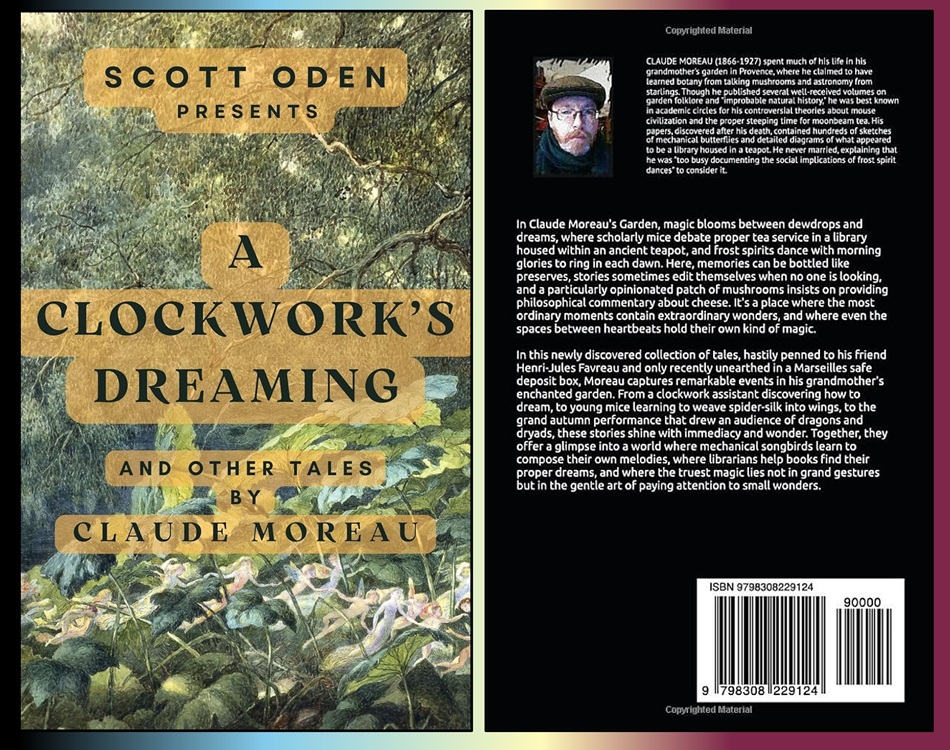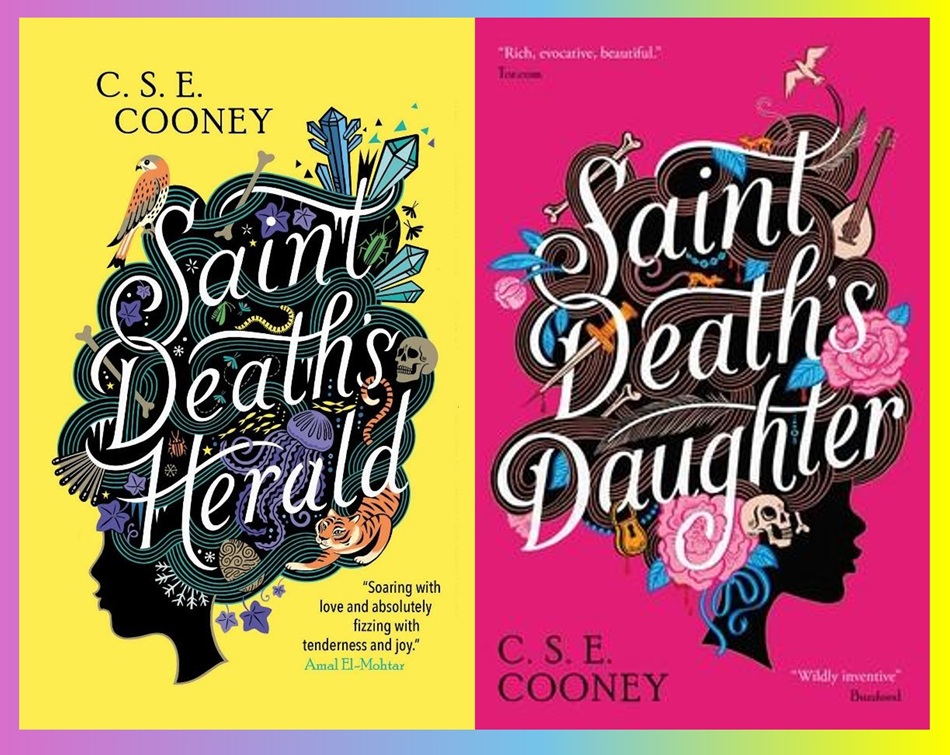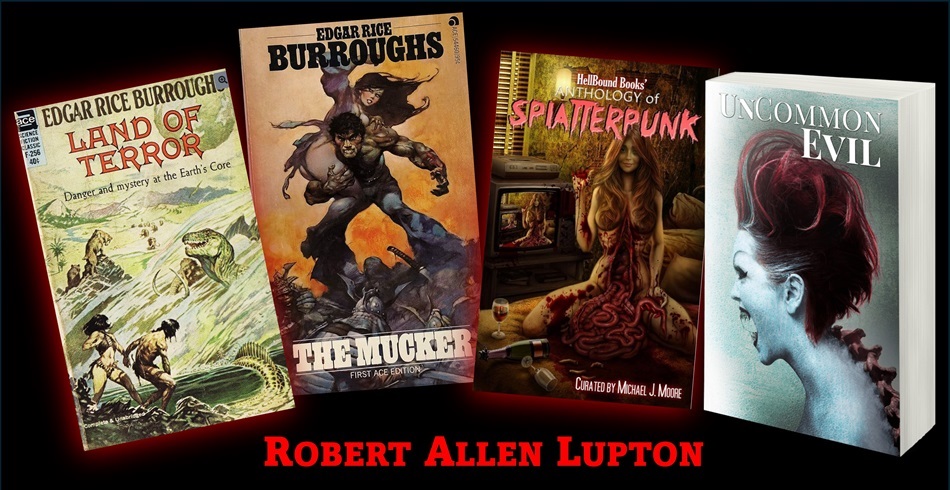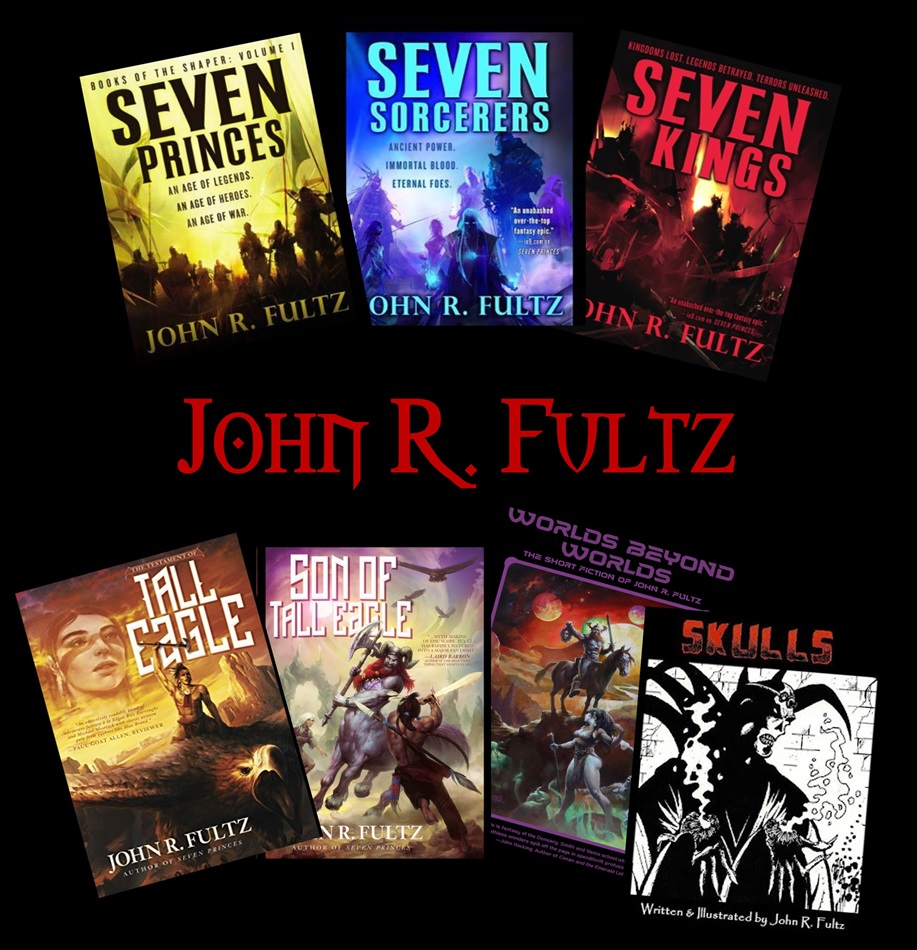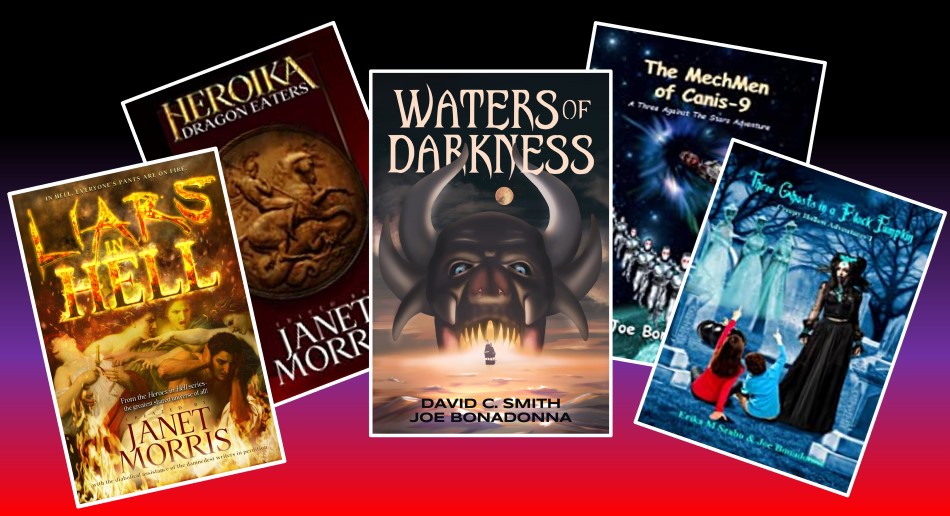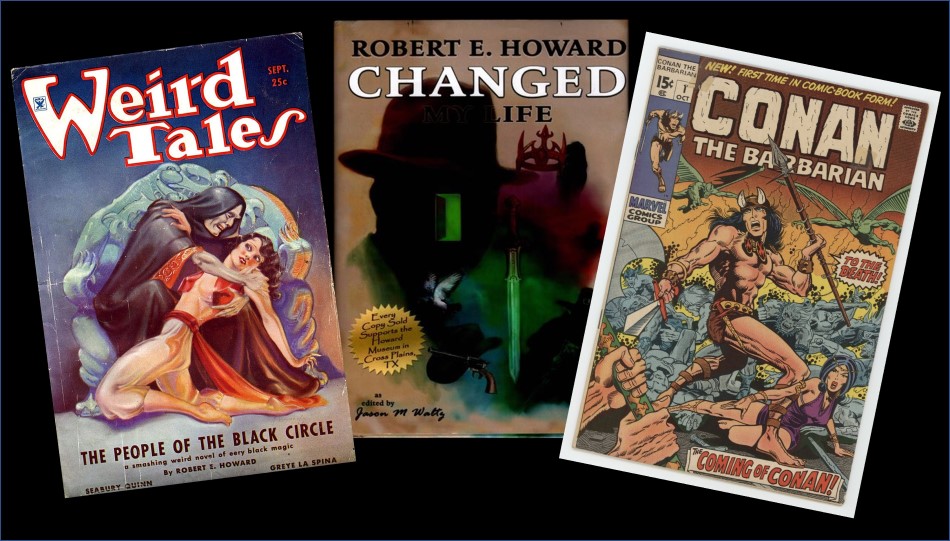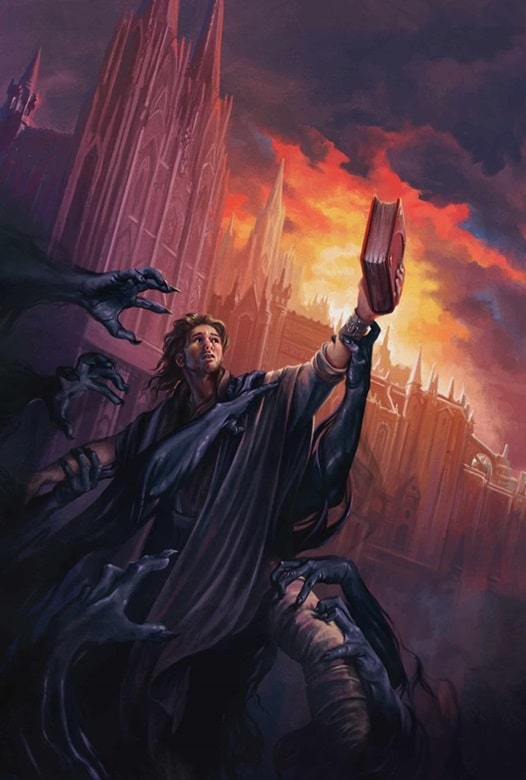
The Revelations of Zang by John R. Fultz. The Rogues
in the House Podcast (2023). John Molinero cover art.
The Rogues in the House Podcast, publishers of the Sword & Sorcery anthologies A Book of Blades Vol I and Vol II, now bring us a re-release of John R. Fultz’s The Revelations of Zang (available now in Kindle, Paperback, and Hardcover).
John R. Fultz is no stranger to Black Gate having published in the hardcopy magazine and hosting his Skulls graphic story plus two of his short stories on our website. We recently highlighted a 2017 interview with the author on his approach to creating weird worlds that are both beautiful and dark (reposted on Black Gate Dec. 2023). I was honored to provide the Foreword and Interview for the re-release, and share those here to reveal what you should expect, and why you should read, The Revelations of Zang!
John R. Fultz has a burgeoning library. His published novels include Seven Princes (2012), Seven Kings (2013), and Seven Sorcerers (2013), as well as The Testament of Tall Eagle (2015) and Son of Tall Eagle (2017). His short stories have appeared in Year’s Best Weird Fiction, Weird Tales, Black Gate, Weirdbook, That Is Not Dead, Shattered Shields, Lightspeed, Way of the Wizard, Cthulhu’s Reign, and plenty of other strange places. His story collections include World Beyond Worlds (2021), Darker Than Weird (2023), and The Revelations of Zang (re-released now, 2023)! Now, we will reveal to you the secret arcana of that last volume…
…
Read More Read More
